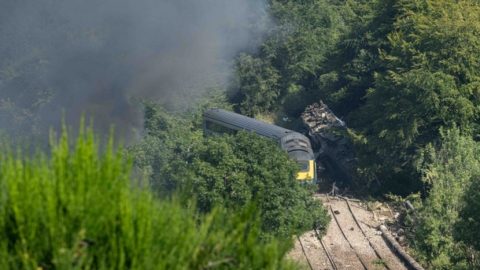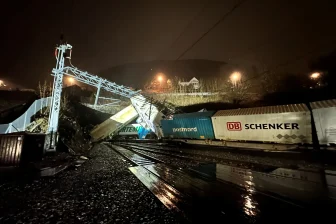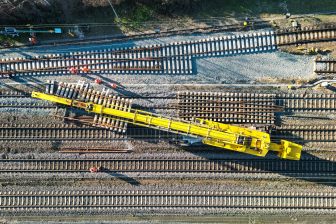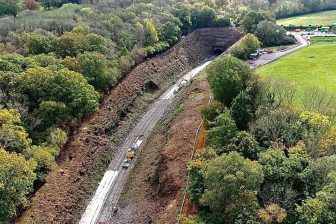
Fatal crash in Scotland: what went wrong at Stonehaven derailment
A serious derailment in the North East of Scotland has claimed the lives of three people, injured many more, and left the community in the nearby fishing community of Stonehaven in shock. The main line down the East Coast of Scotland is blocked by a wrecked passenger train with power cars and carriages strewn across the tracks and countryside. Investigators have already begun the painstaking process of finding out what caused Britain’s first fatal rail crash in over a decade.
Want to read more?
You have read all of your free premium articles for this month. Please become a subscriber to keep reading.
Subscribe now!
Take advantage of our exclusive offer to get full access to all premium content.



